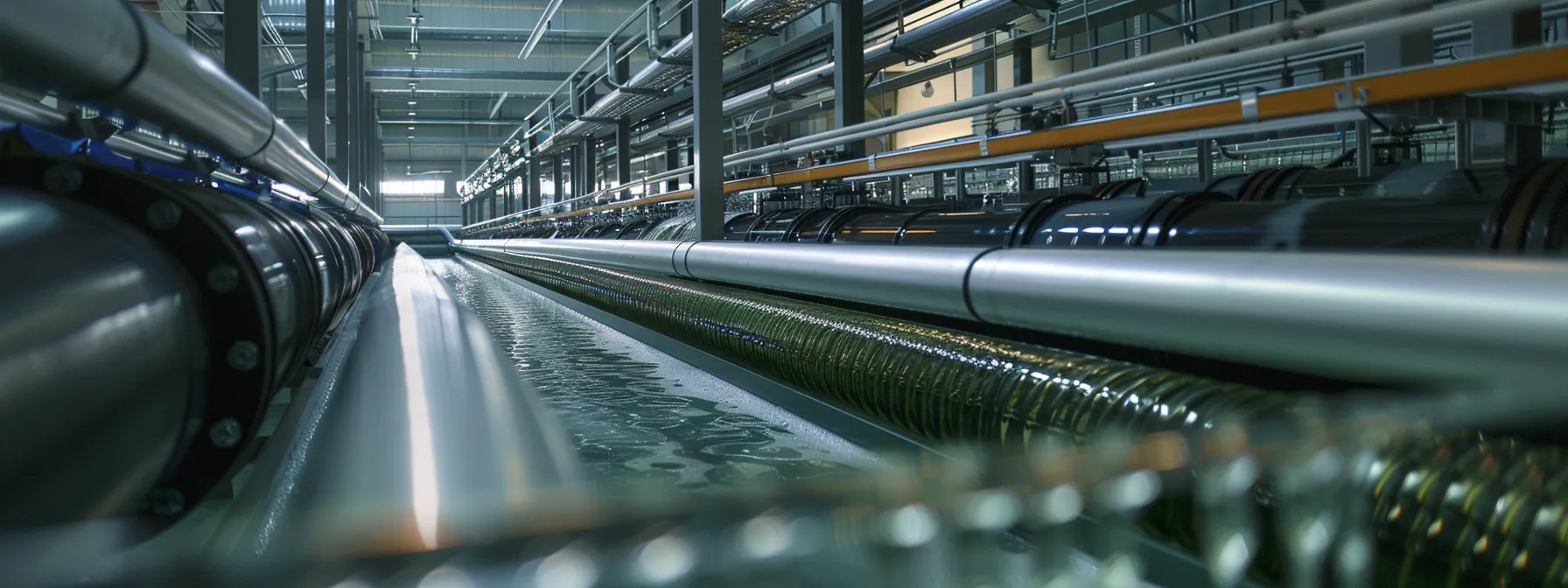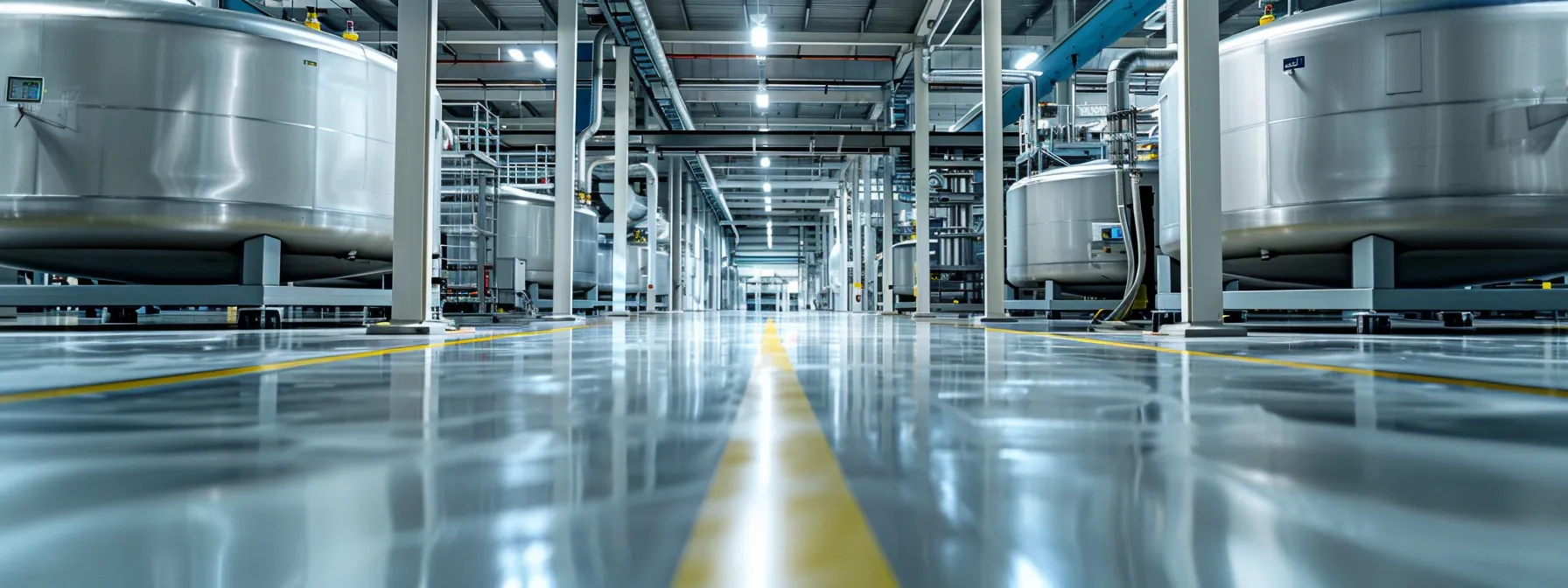In an era where clean water is a critical resource, the efficiency of purification technologies is more important than ever. Industrial RO membranes stand at the forefront of water treatment solutions, providing high-quality water for a variety of uses, from pharmaceuticals to food processing. These membranes are essential for removing contaminants on a large scale, ensuring safety and compliance with stringent regulatory standards. The complexity and sophistication of RO systems require an understanding of both their structure and their role in water purification. Keep reading to delve into the intricacies of industrial RO membranes and their impact on the water we rely on.
Understanding Industrial RO Membranes and Their Significance in Water Treatment

Industrial RO membranes are semi-permeable barriers that allow the passage of water molecules while blocking contaminants. Constructed from synthetic materials like polyamide, these membranes are designed to withstand the demanding conditions of industrial processes. Their significance lies in their ability to treat large volumes of water with a high level of precision, which is vital for industries that need consistently pure water.
These membranes operate under the principle of cross-flow filtration, where the feed water flows parallel to the membrane, sweeping away rejected solutes and minimizing the buildup of contaminants. This setup enhances efficiency and extends the membrane’s life span. Within this domain, Industrial RO membranes have become the bedrock upon which modern water treatment systems are built.
The design of industrial RO systems can vary greatly to accommodate different types of water sources and contamination levels. Membranes with varying pore sizes are selected based on the specific impurities that need to be removed. This adaptability makes RO technology a versatile solution for a range of industrial applications, from generating ultra-pure water for electronics manufacturing to producing potable water from brackish sources.
Key Benefits of Using RO Membranes in Industrial Water Filtration

RO membranes offer a broad spectrum of benefits to industries, chief among them being the delivery of high-purity water. This level of purification is essential for industries where quality and precision are non-negotiable, such as in the pharmaceutical and semiconductor sectors. Reliable removal of bacteria, pyrogens, and organic compounds ensures compliance with health and safety regulations, protecting both processes and end-users.
Another advantage is the conservation of water. RO systems can be designed with high water recovery ratios, meaning that a greater percentage of the feed water becomes treated water with minimal waste. This efficiency is crucial in regions where water scarcity is an issue and for companies aiming to reduce their environmental footprint. Additionally, the treated water can sometimes be recycled within industrial processes, further conserving resources.
From a financial perspective, RO membranes can be cost-effective over time. While the initial investment in a robust system can be considerable, the long-term operating costs are generally lower compared to other treatment methods due to reduced chemical usage and energy efficiency. This economy of scale is vital for large industrial plants where volumes of water treated can be immense.
Maintenance and Longevity of RO Membranes in Industrial Applications
One of the prerequisites for ensuring the effective operation of industrial RO systems is proper maintenance. Regular monitoring and cleaning of membranes prevent fouling, which can diminish performance and lead to increased energy consumption. Fouling, caused by sediments, microbial buildup, or chemical reactions, can be mitigated through pretreatment of the feed water and scheduled cleaning protocols.
It’s also crucial for industries to adopt best practices for the shutdown and startup of RO systems. Improper handling during these periods can lead to dry-out or rapid degradation of the membranes. A methodical approach to system management, including storing membranes in appropriate conditions when not in use, is indispensable for their longevity.
Future Developments and Innovations in RO Membrane Technology
The landscape of RO membrane technology is one of constant innovation and refinement. As research progresses, scientists are exploring new materials such as graphene and aquaporin-based membranes. These materials offer the promise of even greater selectivity and permeability, potentially revolutionizing the water treatment industry with unprecedented filtration capabilities.
Another area of development lies in membrane bioreactors (MBRs), which combine biological treatment with RO filtration for more efficient waste removal. Integrating bioreactors with RO systems allows for the treatment of more challenging waste streams, expanding the applicability of RO technology to a broader range of industrial effluents.
Overall, the integration of industrial RO membranes into water treatment processes plays a pivotal role in achieving clean and safe water. These advanced systems have reshaped the landscape of water purification, delivering essential benefits to a host of industries. As technology continues to evolve, the potential for more efficient, sustainable, and intelligent water treatment solutions is boundless.



